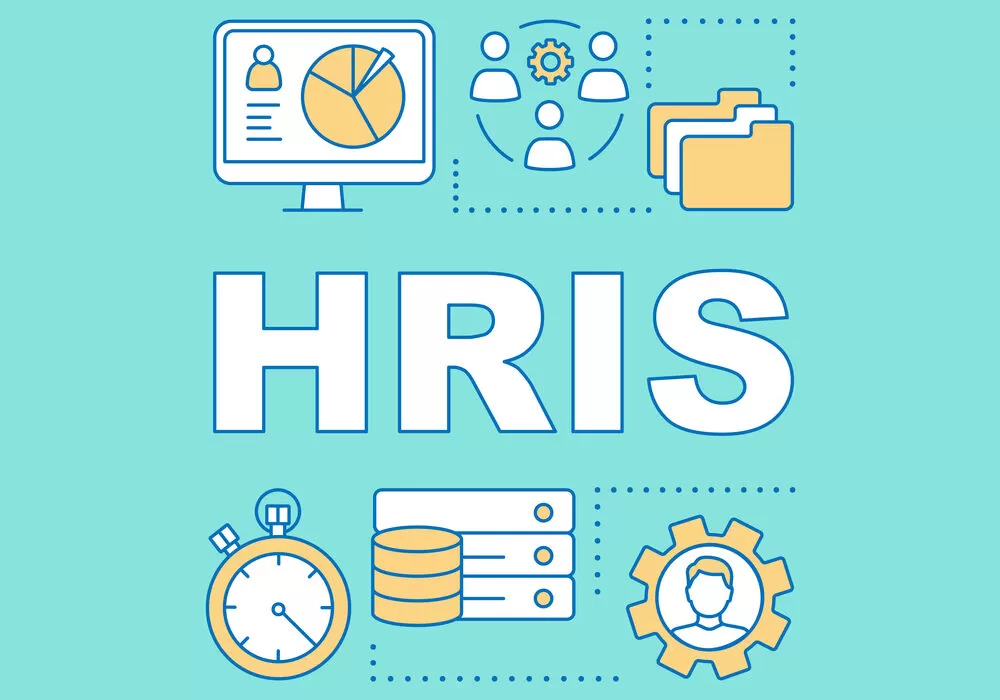When your company has decided to integrate an ATS into your processes, one of the logical first steps is to determine your budget and to start pricing different software options. Unfortunately, some ATS software vendors are not very transparent with their pricing. If you really like the offerings of a company, this may not be a deal breaker, but can make it a little difficult to plan your ATS project until you know all of the facts.
Whether the vendor is transparent or not, there are a few standard ways that ATS pricing is broken down. Most vendors now display their pricing right on their website so that you can use pricing as one of your considerations when comparing ATS options. When browsing ATS options, the following are the basic pricing models that you will usually find.
Flat Monthly Fee for Software
A few ATS vendors offer a flat monthly fee for software, usually with a one-time installation fee, but this option is not necessarily the norm. This option will usually be geared towards small and medium companies and run about $350 per month.
Per Month Price Points Broken Down by Company Characteristics
The majority of ATS software vendors will charge a monthly fee based on the expected amount of use that the system will likely get. There are several different characteristics that are used to gauge usage. The following are a few of the most common pricing models.
Pay-Per-Recruiter
The pricing model that you will most often find when looking at different applicant tracking software options is pay-per-recruiter. In actuality, you may be charged for both recruiters and hiring managers using the system. The fee may be the same or different for these two different job titles, depending on how the software is set up.
Most vendors charge roughly $60-$100 per recruiter per month for this pricing model. Additionally, there may be a one-time fee for setting up the software. This model makes the most sense for companies that typically keep about the same number or recruiters or hiring managers on staff, as a regular fluctuation of this number may result in unpredictable monthly costs.
Pay-Per-Job Opening
Another common pricing model for ATS is pay-per-job opening or pay-per-applicant. Most vendors charge between $5 and $20 per applicant or job opening for the software, so this option is typically best for companies that have relatively consistent hiring needs. Most vendors will not charge for applications that are inactive and stored in the system.
Pay-Per-Employee
In an effort to charge based on the size of your organization, some vendors charge for the number of employees that are currently with your company. For small to medium businesses, the cost is typically about $4 to $7 per employee, but this price per employee may decrease to less than a dollar per employee for larger enterprise level companies. This option makes the most sense for small start-up companies and for companies with many recruiters.
The best option for your company may vary based on how quickly your company is growing, the size of your company, and your hiring needs. It may be helpful to calculate the total cost of implementing several different options that fit your needs in order to determine the option that best fits your budget.
ATS systems help companies hire people. Some cheaper options are Freshteam, Zoho Recruit, and JobScore. Always check to make sure the system fits what you need before buying.
Yes, there are free ATS (Applicant Tracking Systems) options available. Some companies offer basic versions of their software for free, with limits on features or the number of job listings. It’s a good idea to research and read reviews to find the best free system for your needs.
When picking an ATS (Applicant Tracking System), think about these things:
Can you and your team use it easily? Does it have the features you need like sorting resumes and scheduling interviews? Is it priced fairly and does it fit your budget?
An ATS, or Applicant Tracking System, is a software tool that companies use to manage job applications and hire new employees. It helps sort through resumes, track applicants, and organize interviews. Think of it as a special computer program for hiring people.












